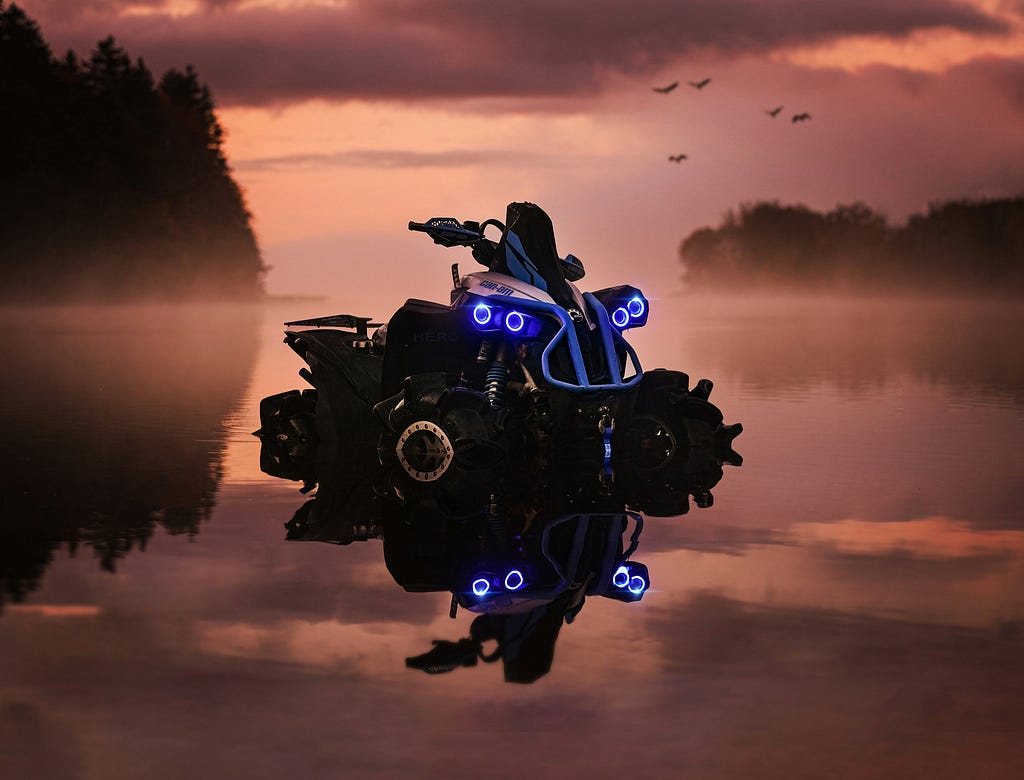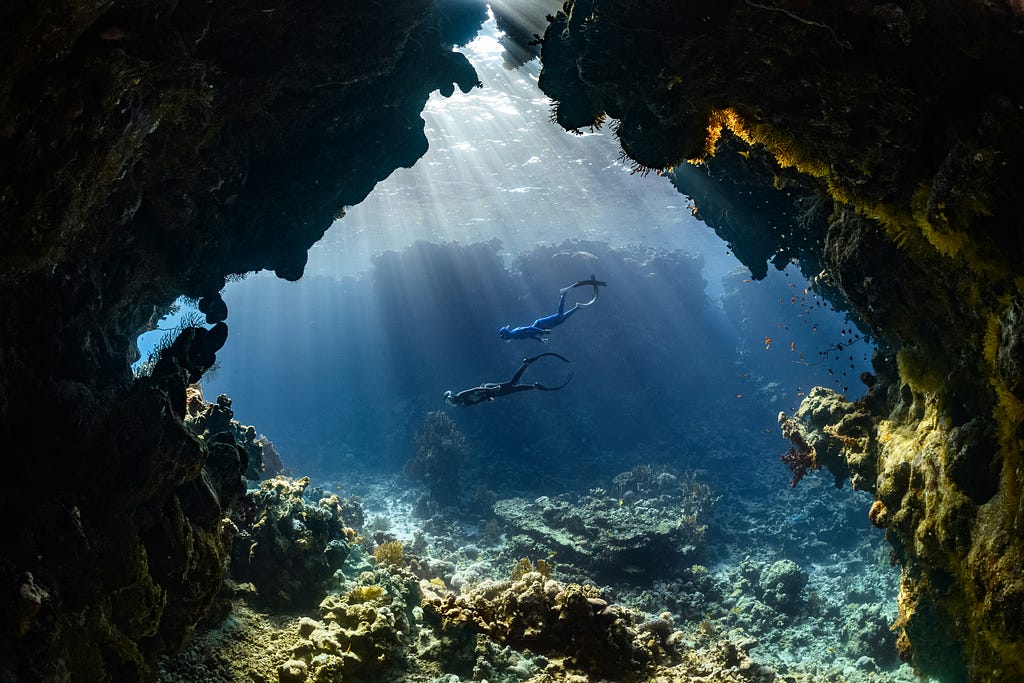The Rise of Smart Underwater Robots- Exploring the Deep with AI
By Anand Vardhan — Robotics Innovator & Underwater Systems Developer
Introduction: The Final Frontier on Earth Isn’t Space — It’s the Ocean
Despite covering 71% of Earth’s surface, more than 80% of the ocean remains unexplored. Yet, beneath the waves lies a world critical to climate regulation, biodiversity, mineral wealth, and global security.
In 2025, a decisive shift is underway: Artificial Intelligence (AI) is supercharging Autonomous Underwater Vehicles (AUVs) — allowing machines to see, interpret, and act with growing autonomy in one of the most hostile environments on Earth.
Why Now? What’s Fueling the AUV-AI Revolution
🔋 1. Battery Efficiency & Material Tech
- Modern AUVs can now operate underwater for up to 24–72 hours, utilizing solid-state batteries and modular designs with lightweight composites.
- Companies like Teledyne, Kongsberg, and SAAB are commercializing deep-sea drones that can dive to 6,000 meters.
📡 2. Edge AI Meets Underwater Constraints
- Onboard AI inference reduces bandwidth requirements (acoustic communication is notoriously slow).
- TinyML and low-power GPUs (e.g., Jetson Orin Nano) enable real-time decision-making, such as obstacle avoidance, species detection, and event-based video capture.
👁️ 3. Advances in Computer Vision Underwater
- AI models are now trained to handle turbidity, refraction, color distortion, and dynamic light scattering — long-standing challenges in underwater CV.
- Recent breakthroughs include:
- U-Net++ for seabed segmentation
- YOLOv8-Subsea (custom finetuned weights) for fish/structure detection
- SfM (Structure-from-Motion) with sonar + vision for real-time mapping
Applications: From Blue Economy to Blue Defense
🐠 1. Marine Conservation & Ecological Monitoring
- AI-powered ROVs are now used for:
- Coral reef health detection (bleaching, algae overgrowth)
- Tracking endangered species without tagging
- Detecting plastic waste and ghost nets using semantic segmentation
⛽ 2. Subsea Infrastructure & Energy Sector
- AI-assisted AUVs inspect oil & gas pipelines, wind turbine anchors, and undersea cables.
- Deep learning models auto-flag corrosion, cracks, marine growth, and leaks — reducing human dive risks.
🌋 3. Geological & Mineral Exploration
- Deep-sea AUVs collect 3D bathymetry and magnetometer data to guide the discovery of rare earth metal mining and geothermal sites.
- AI filters out noise, identifies mineral-rich zones, and performs adaptive path planning based on terrain gradients.
🛡️ 4. Defense, Surveillance & Maritime Security
- Governments are investing in swarm AUVs for stealth surveillance, underwater mine detection, and autonomous naval patrols.
- AI is used for anomaly detection, path prediction of suspicious vessels, and real-time battlefield awareness in littoral zones.
My Vision: Designing the Next-Gen Smart ROV
As a robotics developer and mechatronics student, I’ve embarked on building a ROS 2–powered Underwater ROV — equipped with:
⚙️ Hardware Stack:
- Thruster Control: 6 DOF movement using T200-class thrusters
- Sensor Suite:
- Depth sensor
- IMU (BNO055)
- Forward-looking sonar
- Stereo camera (RealSense D435 or custom waterproof rig)
🧠 AI & Autonomy:
- YOLOv8 for object tracking & debris detection
- ORB-SLAM3 adapted for aquatic environments
- Center-of-mass balancing algorithm for real-time attitude correction in high-pressure zones
🔧 Planned Capabilities:
- Autonomous mapping of shallow zones using Octomap in ROS 2
- Detecting and flagging objects of interest (e.g., marine litter, coral species)
- Surface communication via buoy-based RF uplink for offshore inspection use cases
Future Trends: What Will Shape the Next 5 Years?
🧬 1. Multimodal Perception
- Fusion of sonar + visual + magnetic + acoustic data for enhanced accuracy
- Self-supervised learning from unlabelled underwater footage
🧠 2. Large Vision-Language Models (VLMs) for Robotics
- Integrating foundation models to let AUVs understand instructions like:
- “Survey the coral shelf and identify regions of bleaching over 30%.”
🧪 3. Bio-Inspired Locomotion
- Flexible robots mimicking fish, squid, or eels for energy-efficient swimming
- MIT and ETH Zurich are leading breakthroughs in soft robotics underwater
🌍 4. Collaborative Swarms
- Multiple AUVs communicate to map ocean floors, coordinate inspections, or triangulate distress signals.
- AI ensures fault tolerance, task reallocation, and multi-agent SLAM.
A Message to Founders, Investors & Industrialists
The intersection of AI and underwater robotics isn’t just an academic playground — it’s a frontier of untapped industrial and ecological value:
- Want to reduce offshore rig downtime? Invest in predictive underwater inspection bots.
- Want to map and monetize blue carbon zones? Back AI-powered marine survey platforms.
- Want to dominate the next wave of defense? Think of autonomous maritime swarms.
For startups, the challenge isn’t just technology; it’s also ruggedization, autonomy, and deployment logistics. The first team that gets this right at scale will define an entire industry.
Final Thought: The Deep Ocean Needs a Brain✨
What drones did for the sky, AUVs + AI are now doing for the sea. And just as the internet has given us global access to knowledge, autonomous underwater systems could provide us with real-time access to Earth’s most hidden and vital domain.
The question isn’t whether underwater robots will become intelligent.
It’s: Will we be the ones to build them?
Let’s Connect:👋
If you’re an innovator, startup, or lab working on underwater autonomy, I’d love to collaborate, discuss, or test ideas. Let’s bring robotics into the blue frontier — intelligently.
References:
- Teledyne. (202x). *Deep-Sea Drones: Innovations and Technologies*.
- Kongsberg. (202x). *AUV Technology Overview*.
- SAAB. (202x). *Autonomous Underwater Vehicle Solutions*.


